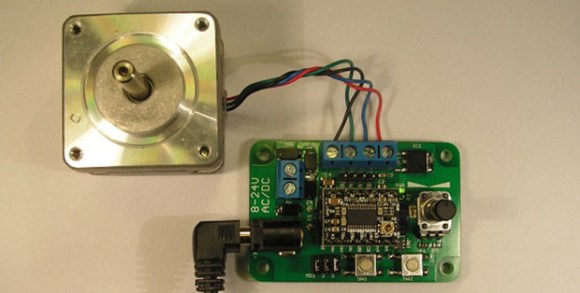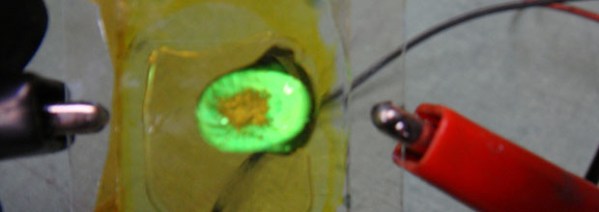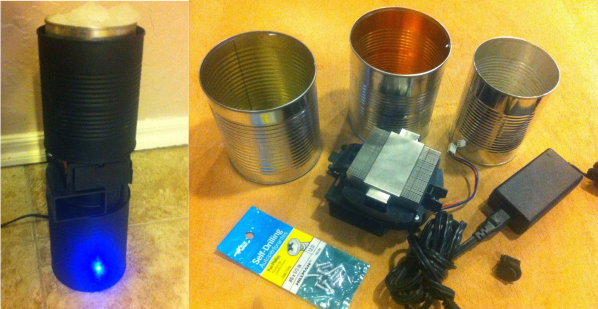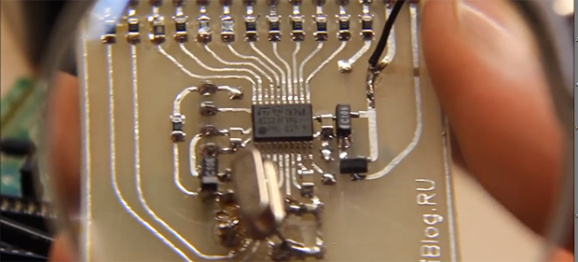If you’d like to play BattleCallSpaceMarine on the Playstation 4 with a keyboard and mouse – and have an unfair advantage over everyone else playing on a console – you’d normally be out of luck. Sony implemented a fair bit of software to make sure only officially licensed controllers are able to talk to the console. It took a while, but [Frank Zhao] has figured out why keyboard and mouse doesn’t work on PS4, and created a device to enable these superior input devices.
Sony engineers decided – or were told – that the PS4 shouldn’t be able to connect to any old USB device. To that end, they made the console issue challenges to a DualShock controller to make sure the official controller is always connected over Bluetooth.
[Frank]’s device solves this problem by taking the USB output from a keyboard and mouse, doing the CRC calculations, and sending them out over Bluetooth. Because the PS4 constantly issues challenges and responses of the authentication procedure, a real DualShock controller needs to be connected to the device at all times. Still, if you want a keyboard and mouse on the PS4, this is the way to do it.
All the sources and layouts are up on [Frank]’s github where you’re free to create your own. This isn’t a finished product quite yet; [Frank] still needs to do a redesign of the circuit. Judging from the response of his earlier attempt at keyboards and mice on the PS4, though, this may be a successful product in the works.

















